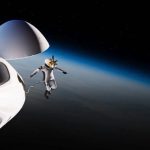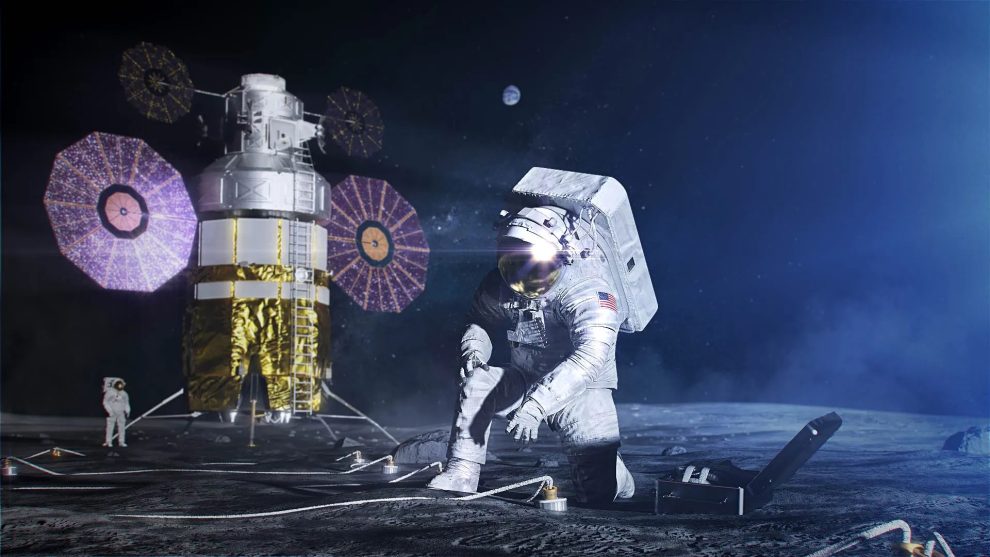|
As NASA prepares to send humans back to the moon through its long-awaited Artemis program, it’s taking big steps to encourage commercial lander development.
|
|
First order of business: CLPS. NASA’s Commercial Lunar Payload Services (CLPS) program is funding 14 separate lander concepts from Astrobotic, Deep Space Systems, Draper Labs, Firefly Aerospace, Intuitive Machines, Lockheed Martin, Masten Space Systems, Moon Express, OrbitBeyond, Blue Origin, Ceres Robotics, Sierra Nevada Space, SpaceX, and Tyvak Nano-Satellite Systems.
|
|
Up first on the launch docket:
|
|
|
These are all purely robotic missions to the Moon. NASA has a contract with SpaceX for a Human Landing System (HLS) to deliver astronauts to the lunar surface. Egged on by Blue Origin, Congress, and others, the US space agency has announced it will solicit proposals for a second HLS concept.
|
|
The American businesses sending landers and rovers to the Moon don’t end with CLPS. Venturi Astrolab, for one, emerged from stealth with a lunar rover concept, FLEX, earlier this year.
|
Russia |
|
Roscosmos, the Russian space agency, has a few lunar landing missions of its own planned in the next few years. Most missions have been put on ice or otherwise affected by international sanctions and by ESA pressing pause on joint spacefaring missions following Russia’s invasion of Ukraine.
|
|
Russia’s next Moon-bound lander is the Luna-25 mission, slated to launch in September and land on the lunar south pole to study lunar regolith (the loose rock coating the Moon’s surface). Originally, the lander would have been equipped with a European-built navigation camera. After ESA withdrew from the mission, Roscosmos opted to build its own instrument. The fate of Russia’s subsequent planned lander missions, Luna-26 and 27, still hangs in the balance.
|
India |
|
ISRO, India’s space agency, was hoping to send its first craft to the lunar surface this August, but it’s now looking like a 2023 touchdown is more likely. The mission, Chandrayaan-3, is designed to place a lander on the Moon’s south pole. After the Chandrayaan-2 lander and its rover payload crash-landed on the Moon in 2019, ISRO wants to make sure that it won’t fail again.
|
Japan |
|
Japan’s space agency, JAXA, has partnered separately with both Toyota and Nissan to build lunar rovers in the next few years. Lunar Cruiser, the Toyota prototype, is designed to help humans live comfortably on the Moon by 2040. The Nissan project, unveiled in December, uses the company’s all-wheel drive technology and electric vehicle tech for lunar applications.
|
|
A private Japanese company, ispace, is building its own lunar lander and rover as well. It’s hoping to launch its first lander this year, and its first lander/rover combo in 2024. After that, the company has ambitious plans to increase the cadence of its lunar landings.
|




































Add Comment